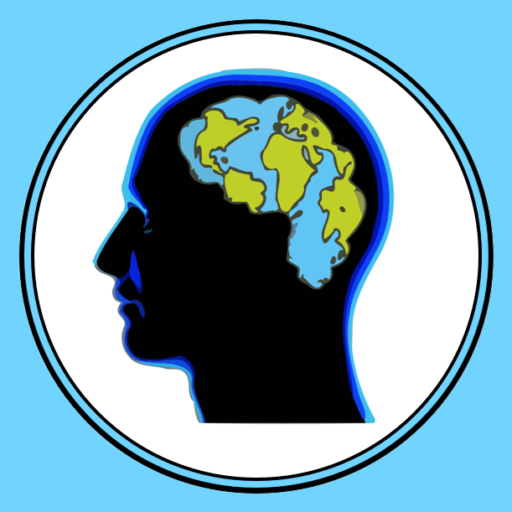Before we go any further, be aware that there is rather more to this site than meets the eye, because many sub sections are hidden away, and require a login. This is easy to do. Just click on ‘Additonal Content’ at the top of the page next to the ‘About the Author’ tab, and then follow instructions.
Introduction to the three sections of ‘Off the Map’
‘Off the Map’ is about the landscape in our heads – a location ‘off the map’ as far as present day science is concerned. So let’s be clear about one thing. We are not talking about the geography of the brain (now a well established science). Rather, we are interested in the geography of the human experience mediated by this brain. That is, we are talking about the mapping of meaning. And in this section, we look at the formidable force that created this landscape: the human imagination. But to do that, we also need to spend a little time in describing the physical landscape that the mental landscape finds itself in, and there are two very good reasons for doing this. The first is that the imagination evolved out of the organic cradle of this physical world, and it is interesting to trace something of the path that led to such a risky development. The second is that once the imagination was born, it turned around, and took in the world that gave it being, not just as food for survival, but also, and most importantly, as food for thought. That is, the world that the imagination came out of, then became an information feed for the developing world of meaning inside that imagination. Or, to put both reasons together in one statement, nature has changed from being the progenitor of the imagination to being the raw material of meaning.
Knowing this, we can pose three major questions. The first questions the very idea that a science of meaning might exist, the second asks how the raw materials of reality are organised and understood by both scientific and subjective knowledge, and the third pursues the path that led to the evolution of the imagination in the first place. But the reader can jump all this, and go straight to the logic of the joke and its elaboration through a good number of cartoons if need be, and this would be the place to do that leap: go to ‘Take the Jester’, and start there in that case.
1) Can there be such a thing as a science of meaning? In particular, are there rules to its logic, just as there are rules and patterns to the logic of organic life and physics? We pay Bugs Bunny a visit for an answer.
2) Where might a ‘Science of Meaning’ belong in the overall scheme of things? In particular, from where does the imagination draw its raw materials? We step back to examine the three great levels of reality present on planet Earth.
3) Why didn’t Homo sapiens just carry on like all the other apes, sticking to tried and tested strategies honed by millions of years of natural selection? In particular, how and why did such a risky thing as the imagination evolve? We look at its origins in what might be called an ‘Animal Grammar’.
